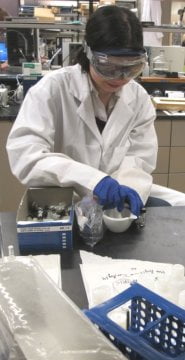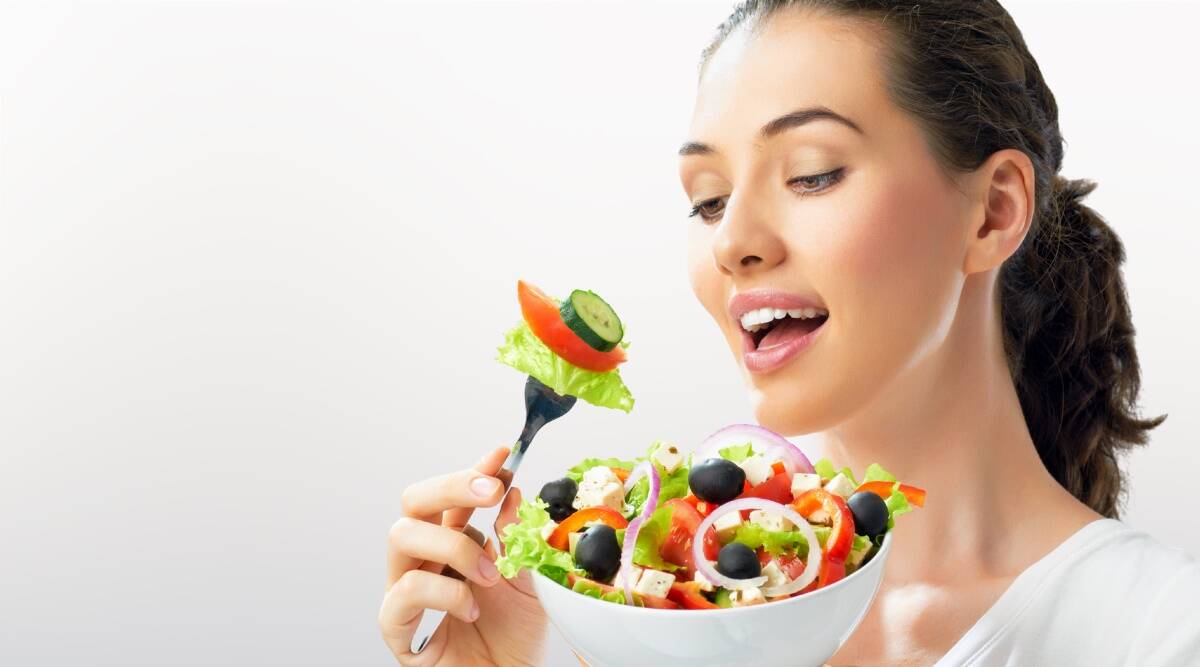
A team of researchers from the Federal University of Santa Catarina and the Laboratory of Biomarkers of Aquatic Contamination and Immunochemistry in Brazil explored the use of a blend of propolis and aloe extracts in tilapia feed when fish faced a challenge from Aeromonas hydrophila.
They published their results in the journal Fish and Shellfish Immunology.
“The present study evaluated the effects of supplemented diet with propolis and aloe on the activity of antioxidant enzymes, hemato-immunological parameters and histology of the spleen in Nile tilapia after challenge with A. hydrophila,” the researchers said.
The researchers found that fish getting the supplemented diet tended to have a better survival rate when facing the disease challenge. Fish eating the non-supplemented diet had a 44.5% survival rate, while those receiving the supplemented diet had a 55.6% survival rate after seven days.
“The influence of the supplementation of propolis and aloe extracts on the immunomodulation in tilapias was confirmed by the evaluation of the survival of the animals after challenge with A. hydrophila,” they said. “In addition, in the supplemented animals, the increase in GR [glutathione reductase] levels (important cellular antioxidant) reinforces the importance of the use of plants and alternative products as a source of immunomodulating substances.”
Fish with the supplemented diets also had increased amounts of lymphocytes and a larger amount of melanomacrophages, they said. “In this study, supplementation with propolis and aloe extracts in the diet of tilapia did not cause alterations in hematological parameters, but alterations were observed in the number of leukocytes, which mainly reflected the circulating lymphocytes of fish, being superior in those after challenge and supplemented with 1% of extracts.”
Why propolis and aloe extracts?
Bacterial disease is a source of economic loss for fish producers, the researchers said. However, excessive use of antibacterial drugs to combat pathogens has led to changes including immunosuppression, growth reduction, development of resistant bacterial strains, nephrotoxicity and environmental problems.
Antibacterial drugs may alter immune system functions, balance and lymphoid tissue causing changes that inhibit the fish’s defense mechanisms against pathogens, they said. Other substances have been used to boost the immune system to improve defense responses.
Plant-based substances have been explored for their potential of providing an immuno-stimulant to help protect fish against bacterial infections, they said. Extracts of propolis and aloe barbadensis have demonstrated good results in this area.
Feeding fish an immuno-stimulatory substance before an infection may support the immune or defense system and protect the fish against infections, they said. Metabolic, hematological, and biochemical characteristics can be tracked to evaluate the influence of products on the immune system.
However, few disease challenge trials show the enzymatic or hematological changes caused by the infection – especially in fish given extracts of both propolis and aloe, the researchers said.
“Nile tilapia (Oreochromis niloticus) fed with diet containing 1% propolis-ethanolic-extract, presented increase in the specific growth rate, food efficiency, hematocrit percentage, monocyte number, lysozyme activity, bactericidal activity of the serum and protection against A. hydrophila, when compared to those fed unsupplemented diet or with diet containing crude propolis,” they said of previous research. “Similarly, studies have shown that Nile tilapia fed diet containing different concentrations of Aloe vera (0.5% 1%, 2%, and 4%) presented enhanced growth, food conversion and hemato-biochemical parameters, but Aloe had no significant effect on the survival of fish when compared to control.”
Methods and materials
In the feeding trial, 72 juvenile Nile tilapia were given one of four diets for a period of 15 days, the researchers said. Fish were acclimated for seven days before the feeding trial started and challenged with the disease on day 15.
Extracts were prepared for the supplemented diets and sprayed onto the feed pellets, they said.
The diets started with a commercial diet, which fish received along with either an injection of phosphate-buffered saline (PBS) or an injection of A. hydrophila as a disease challenge, they said. The commercial diet also was supplemented with a 1% mixture of the extracts of propolis and aloe and then fish injected with PBS or they received the supplemented diet and then were challenged with A. hydrophila.
A selection of fish from each diet was harvested after the feeding period and blood samples were collected for analysis, they said. Spleen samples also were taken to determine enzymatic activities, histological analysis and total protein levels.
Additionally, remaining fish were challenged with an injection of A. hydrophila or PBS and observed for seven days, they said survival rate was calculated, the researchers said.
Results
Overall, fish on the supplemented diets tended to see greater survival than those on the non-supplemented diets in light of the disease challenge, the researchers said. However, the results were not statistically significant.
“Non-supplemented fish had a 44.5% survival rate and those supplemented with 1% of the mixture of extracts showed 55.6% survival 7 days after challenge,” they said.
Fish fed the supplemented diets, both those given PBS or the disease challenge, had reduced number of total leukocytes compared to the other diets, they said. “The percentage of hematocrit; total plasma protein levels; number of erythrocytes; thrombocytes; neutrophils and monocytes showed no significant difference between treatments,” they added.
“The activity of the antioxidant enzymes glutathione reductase (GR) and catalase (CAT) in the spleen presented a significant difference in the group fed with 1% of the extracts mixture, being superior in the animals injected with PBS and without significant difference in those challenged with A. hydrophila, which maintained the tendency of the other group under study,” the researchers said. “Glutathione S-transferase (GST), glucose 6-phosphate dehydrogenase (G6PDH), glutathione peroxidase (GPx) and superoxide dismutase (SOD) showed no significant difference between treatments.”
At the end of the feeding trial, fish getting the supplemented diets tended to have higher numbers and a larger area of melanomacrophage centers than the non-supplemented fish, they said.
[“Source-feednavigator”]


















